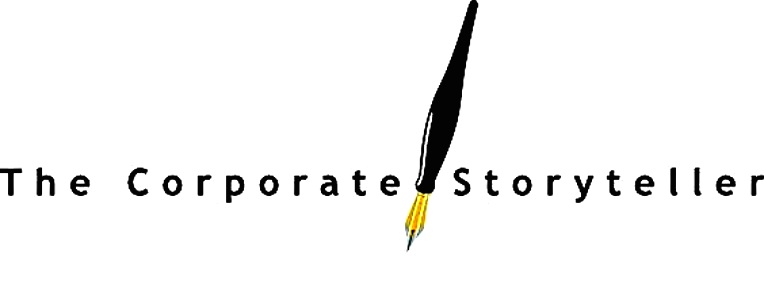The revered sage Frank Sinatra once said, "The best revenge
is massive success."
He never spoke a truer word, particularly when it comes to
aspiring authors who, after suffering severe smackdowns from publishers, went
on to become renowned writers.
Think this has happened to only a select few? Guess again. Cast
your eye upon this list of Cinderella authors (and the nasty little notes
publishers sent them) and savor the taste of their sweet, sweet revenge.
1. Stephen King
Mr. King received dozens of rejections for his first novel, Carrie;
he kept them tidily nailed to a spike under a timber in his bedroom.
One of the publishers sent Mr. King's rejection with these
words:
We
are not interested in science fiction which deals with negative utopias. They
do not sell.
2. William Golding
Mr. Golding's Lord of the Flies was rejected by
20 publishers. One denounced the future classic with these words
(which should be inscribed on the hapless publisher's tomb):
an
absurd and uninteresting fantasy which was rubbish and dull.
3. John
le Carré
After
Mr. le Carré submitted his first novel, The Spy Who Came in From the
Cold, one of the publishers sent it along to a colleague, with this
message:
You’re
welcome to le Carré – he hasn’t got any future.
4. Anne
Frank
According
to one publisher, The Diary of Anne Frank was scarcely worth
reading:
The
girl doesn't, it seems to me, have a special perception or feeling which would
lift that book above the 'curiosity' level.
15
publishers (other than this dope) also rejected The Diary of Anne Frank.
5. Joseph Heller
In an act of almost unparalled stupidity, one publisher wrote of
Mr. Heller's Catch-22:
I
haven’t the foggiest idea about what the man is trying to say…Apparently the
author intends it to be funny – possibly even satire – but it is really not
funny on any intellectual level.
6. J.K. Rowling
Harry Potter and the Philosopher’s (laterSorceror’s) Stone was
rejected by a dozen publishers, including biggies like Penguin and
HarperCollins. Bloomsbury, a small London publisher, only took it on at the
behest of the CEO’s eight-year old daughter, who begged her father to print the
book. God bless you, sweetheart.
7. Ursula K. Le Guin
One publisher sent this helpful little missive to Ms. Le Guin
regarding her novel, The Left Hand of Darkness:
The
book is so endlessly complicated by details of reference and information, the
interim legends become so much of a nuisance despite their relevance, that the
very action of the story seems to be to become hopelessly bogged down and the
book, eventually, unreadable. The whole is so dry and airless, so lacking in
pace, that whatever drama and excitement the novel might have had is entirely
dissipated by what does seem, a great deal of the time, to be extraneous
material. My thanks nonetheless for having thought of us. The manuscript
of The Left Hand of Darkness is returned herewith.
The
Left Hand of Darkness went on to win both the Hugo and the
Nebula awards.
8.
George Orwell
One
publisher rejected Mr. Orwell's submission, Animal Farm, with these
words:
It
is impossible to sell animal stories in the USA.
9. Tony
Hillerman
Mr.
Hillerman, now famous for his Navajo Tribal Police mystery novels, was
initially told by publishers to
Get
rid of all that Indian stuff.
10.
William Faulkner
One
publisher exclaimed in the rejection letter for Mr. Faulkner's book, Sanctuary:
Good
God, I can’t publish this!

















.jpg)





